RF addendum
In my previous entry about improving RF on a 2600, I mentioned that I wanted to try two additional changes:
- A different, more flexible RF cable
- A different F-type to RCA adapter
So, I made those changes! And now I'm blogging about them! Exclamation points!!
(I figured a new blog entry would be better than trying to squeeze all of this into the other entry's comments.)
For the cable, I went with another cable from Blue Jeans Cables, this one using Belden 1505A coax.
The 1505A (in the middle) is a lot more flexible than the previous Belden cable I got from them (on the right), and is also more flexible than the cheap Cable Matters ones I got from Amazon. The original Atari RF cable is on the left:
So, how does it work? Well, the picture quality is every bit as good as the previous, heavier cable:
That said, you still need to keep it away from sources of RF interference. In this case, the 2600's AC adapter:
So I'm definitely going with the 1505A cables from this point on. For my 7800, I'll be ordering one just a couple of feet long, because that console sits right above the Sony tuner I plug it into.
For the new adapter, originally I used an F-type to RCA adapter, plus two right-angle RCA adapters. This was necessary to route the cable where I needed to plug it in:
The new adapter (on the left, from Max-Gain Systems) is an F-type to RCA right-angle adapter. So this replaces two of the previous adapters:
You can find similar adapters on Amazon, but I went with this one because the center post is already shortened. So if you have a 2600 where you can plug this in directly, you don't need to file down the post. (Different revisions of the 2600 used different RF modulators, and the locations of the RCA jacks varied.)
With the previous adapters, the RF cable couldn't bend before hitting the back of the 2600's case:
But with the new adapter, it gains that crucial extra space:
If you'd read my previous couple of blog entries, you'd know that I've been running all of these RF tests in a 2600 "Vader" that John Champeau sent to me to repair (along with another console).
The original problem with this console was that the joystick control always moved right. Always. Whether there was a joystick plugged in or not. So I desoldered and socketed in a replacement RIOT chip, and that solved that issue. I also installed a refresh/cap kit from Console5. (BTW, if you're wondering where the caps should go, mojoatomic posted instructions here.)
With the console working again, I figured I'd work at improving its RF output, and get a couple of blog entries out of it in the process. ![]()
To install the new RF cable, I had to modify the 2600's case very slightly. I had to enlarge the hole for the original RF cable by a couple of millimeters. Just enough for the connector to fit through.
To make the connector fit through, I had to slide the strain-relief boot down the cable:
Fit the connector through the case:
Then squeeze the boot through:
The cable exits through the main hole. To make it fit through the original RF cable's notch (next to the hole), I would've had to file the notch out a lot more, and I didn't want to risk breaking the plastic.
With the cable through, I attached the two adapters, wrapping electrical tape around the RCA connectors, so they wouldn't come apart:
Then I positioned the circuit board, and plugged the cable in (I checked the angle before taping the RCA connectors):
Then, I brought the two halves of the case together. You can see how little space there is above the adapters:
In fact, they touch the top part of the case. But there is enough room for them!
And with that, and a bit of a clean-up, the Vader was all ready to be packed up and shipped off!
After getting it back together, I thought I should go through and test everything. I knew that joysticks worked, but I wanted to make sure everything else worked - paddles, an AtariVox, etc.
So I plugged in some paddles, and... nothing. I tried them on TestCart, Warlords, Medieval Mayhem... nothing.
I pulled the RIOT and tested it in another 2600. Everything worked fine there.
So I desoldered and socketed in a new TIA. And that fixed the problem. (BTW, if you do much in the way of console repair, I can't recommend getting a proper desoldering gun highly enough. I used to own a cheap little Radio Shack one, and while it worked, the Hakko one I have now is much faster, much safer, and does a much better job.)
And with that, the console is finally back together, fully tested and working, and ready to go.
Next time, I'll tell you a little bit about the other console John sent me, what had to be fixed on it, and the best cleaning tip you've ever heard in your entire life!*
*Note: May not be applicable, depending on how many cleaning tips you've actually heard about in your entire life.
-
 6
6


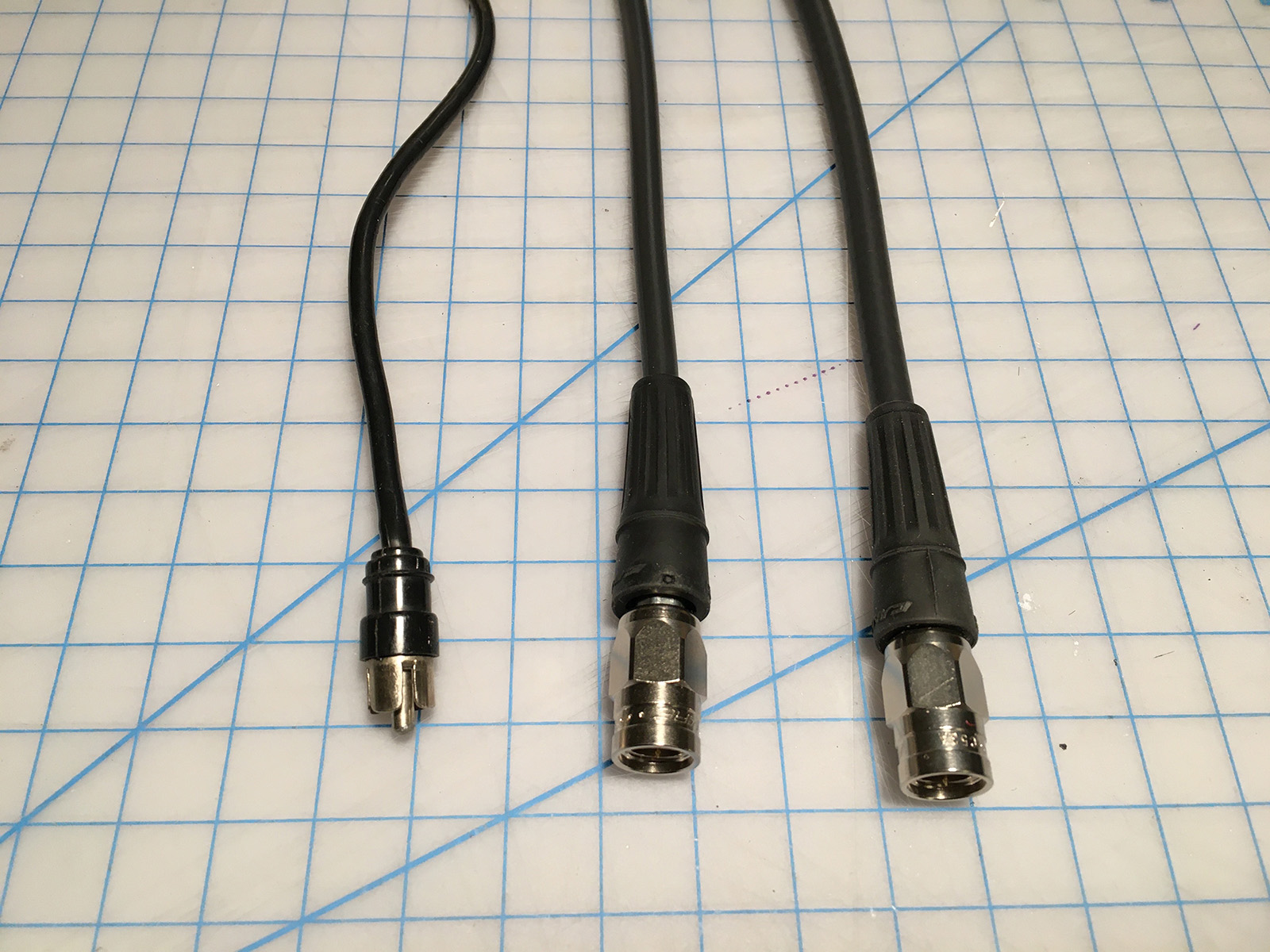
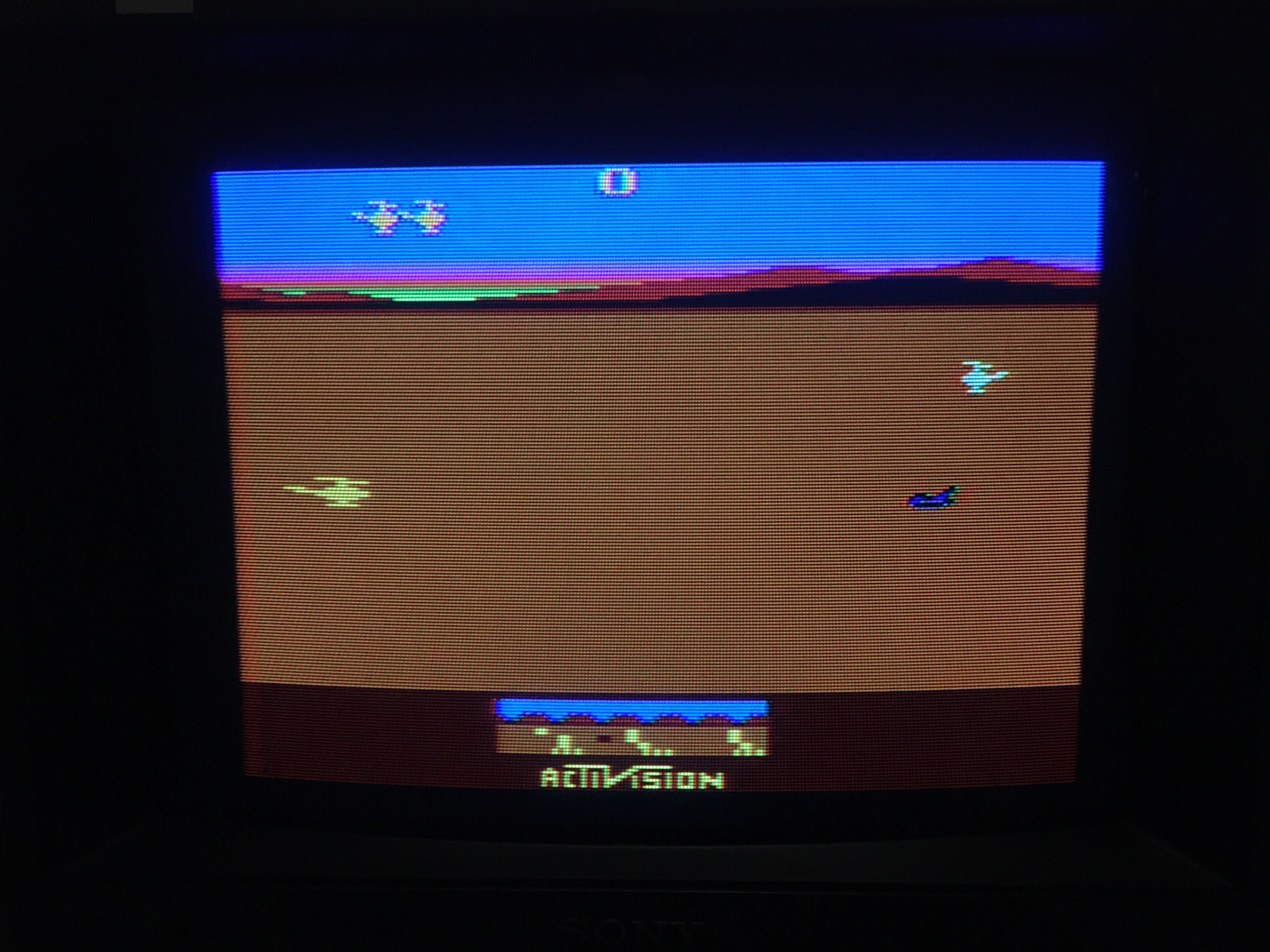
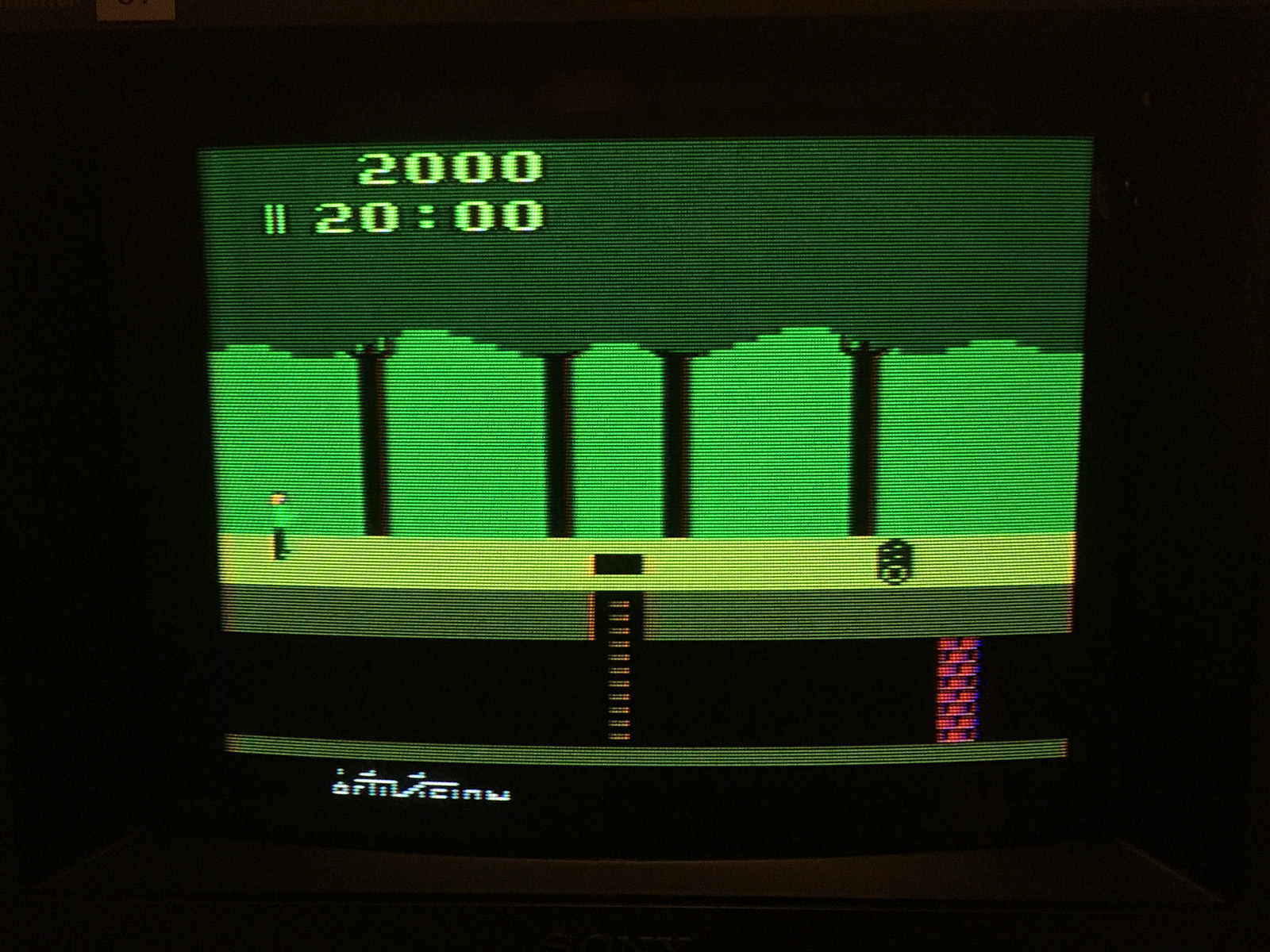
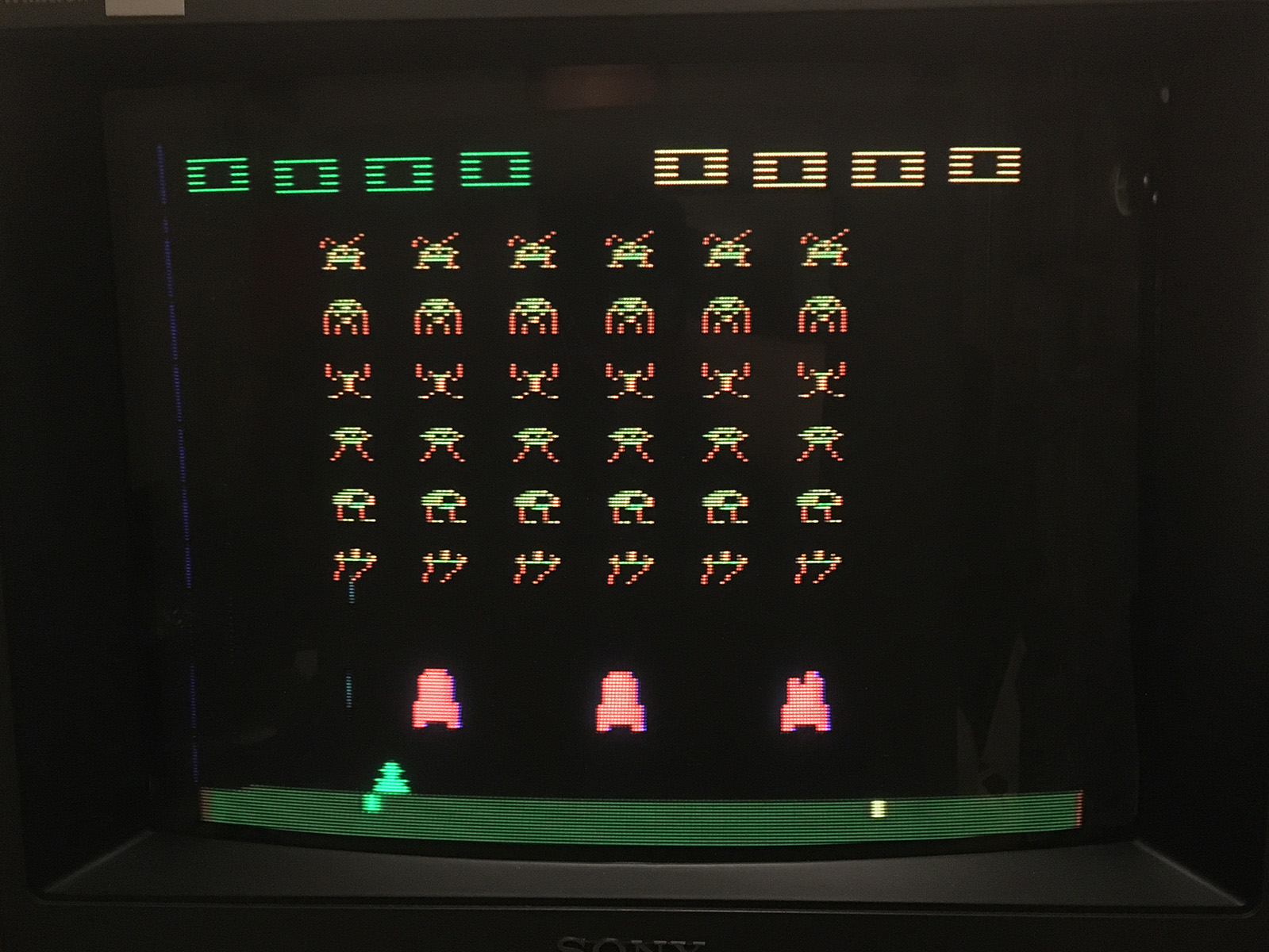
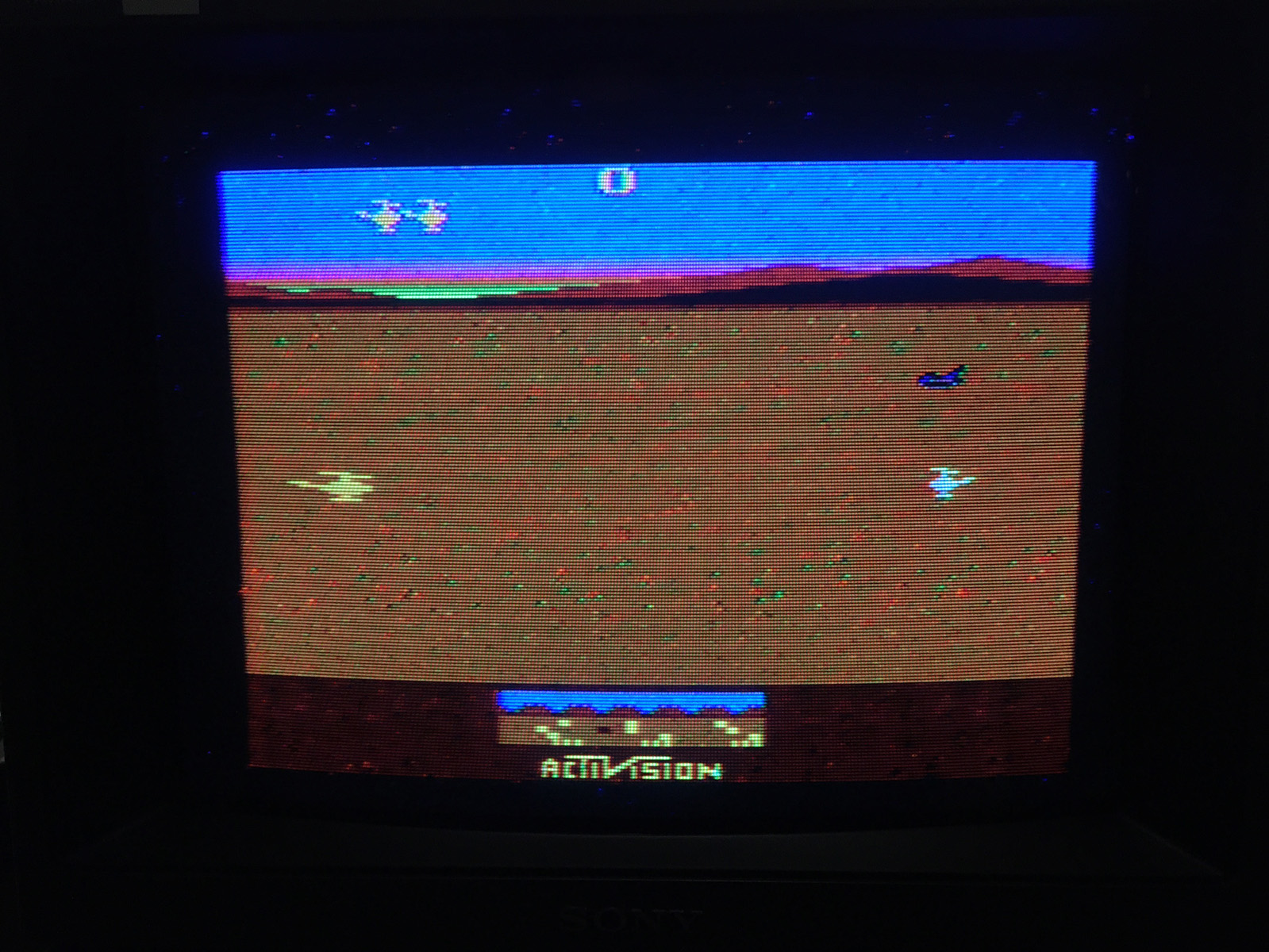
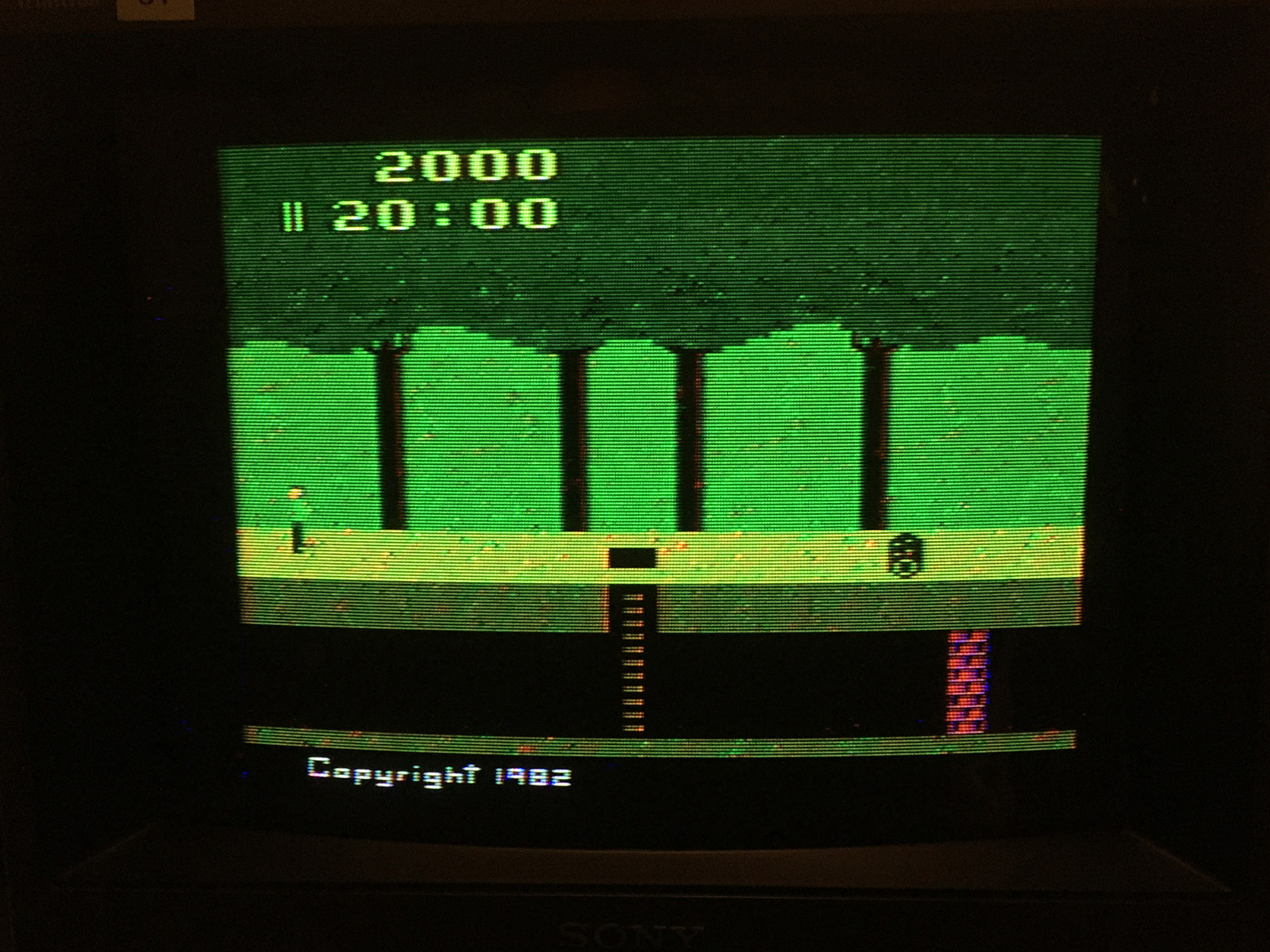
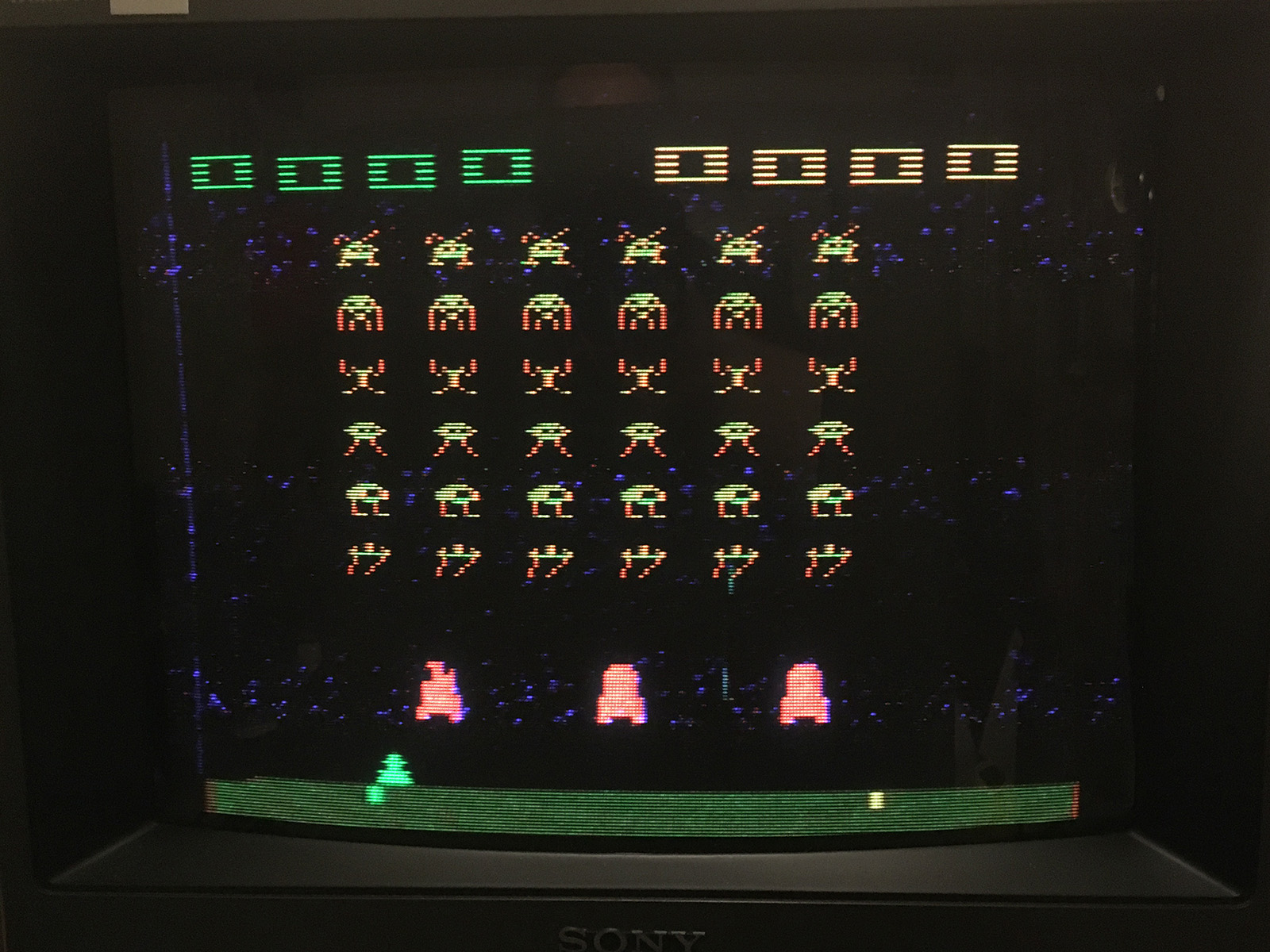
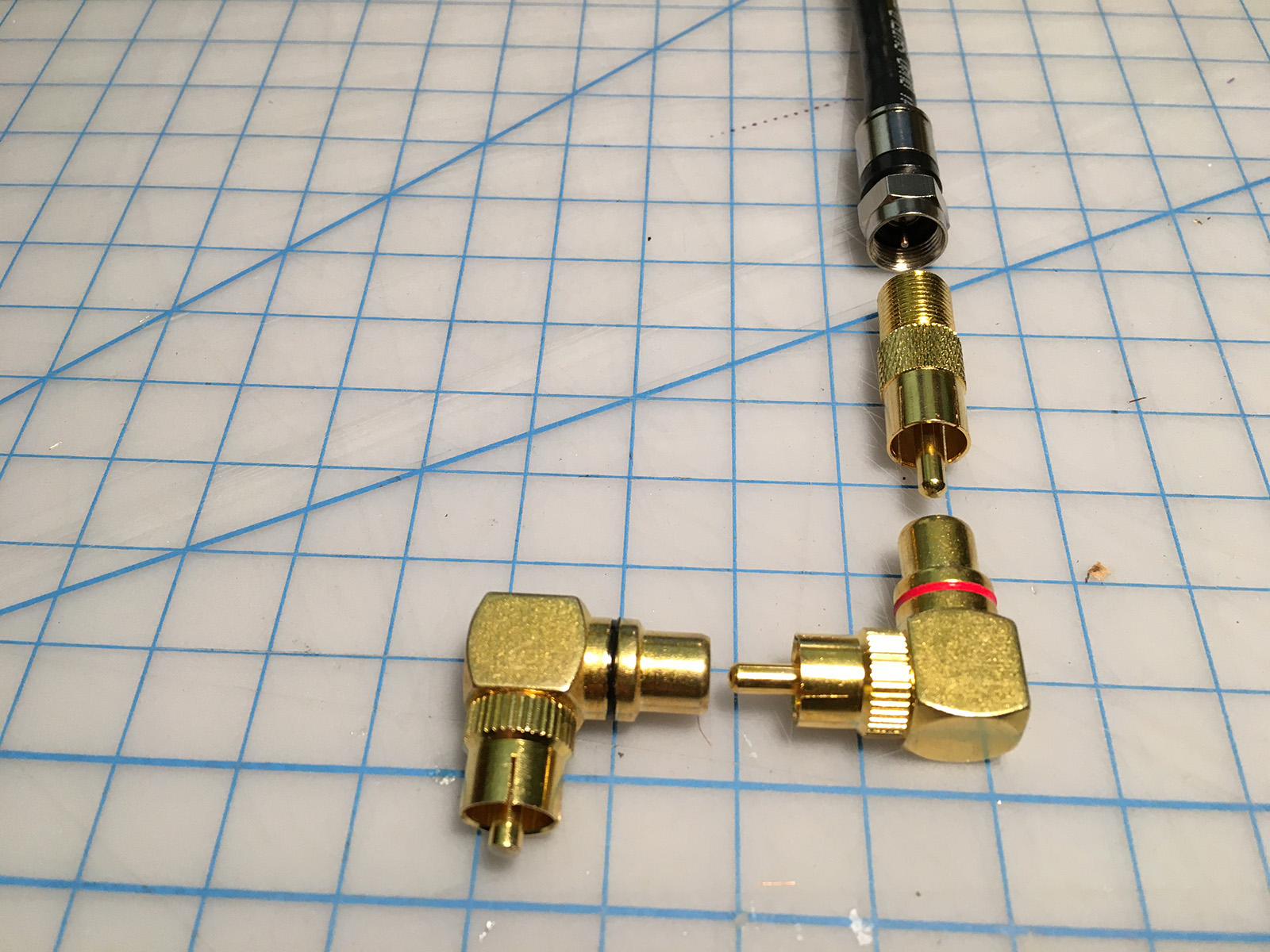
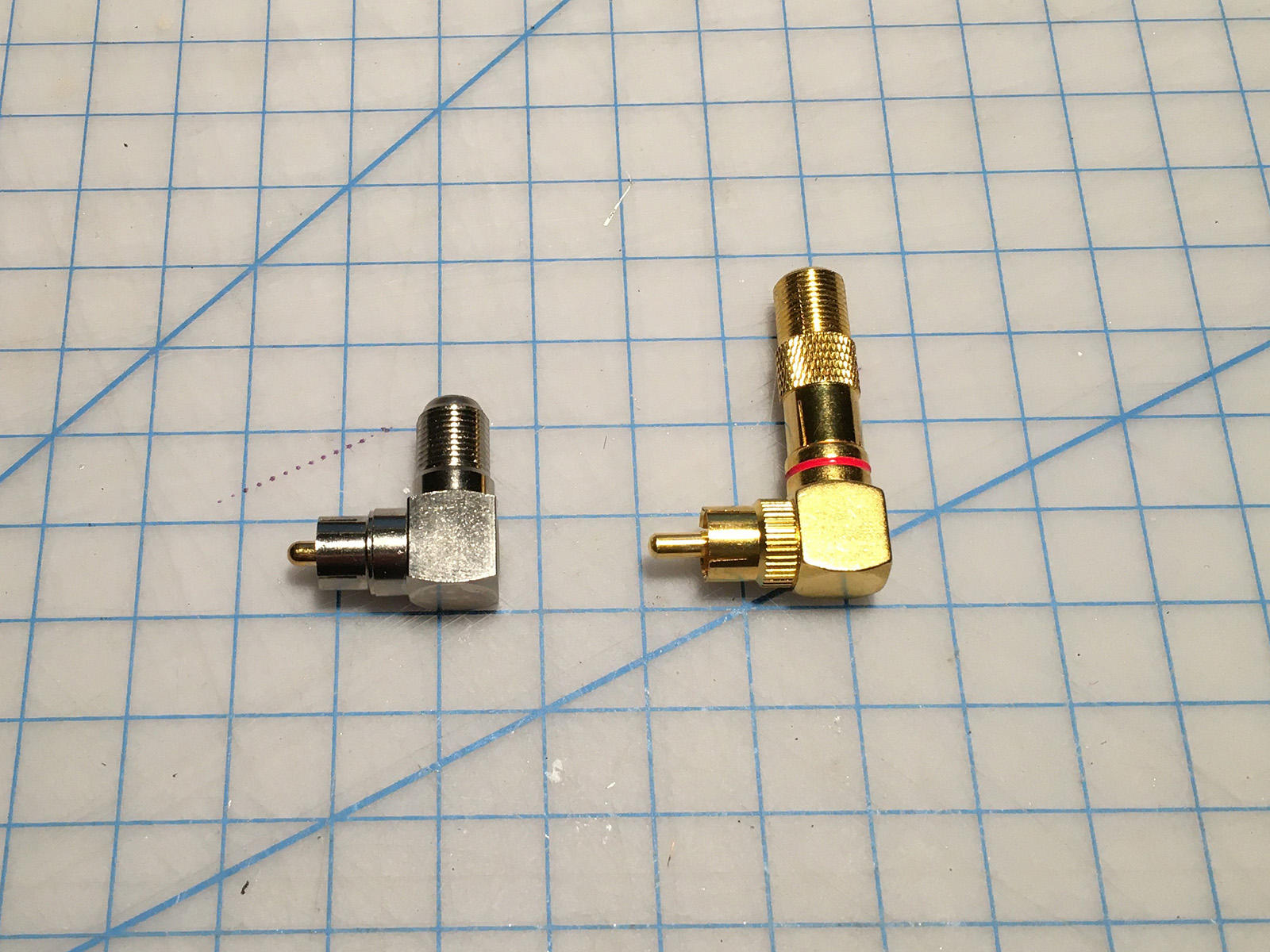
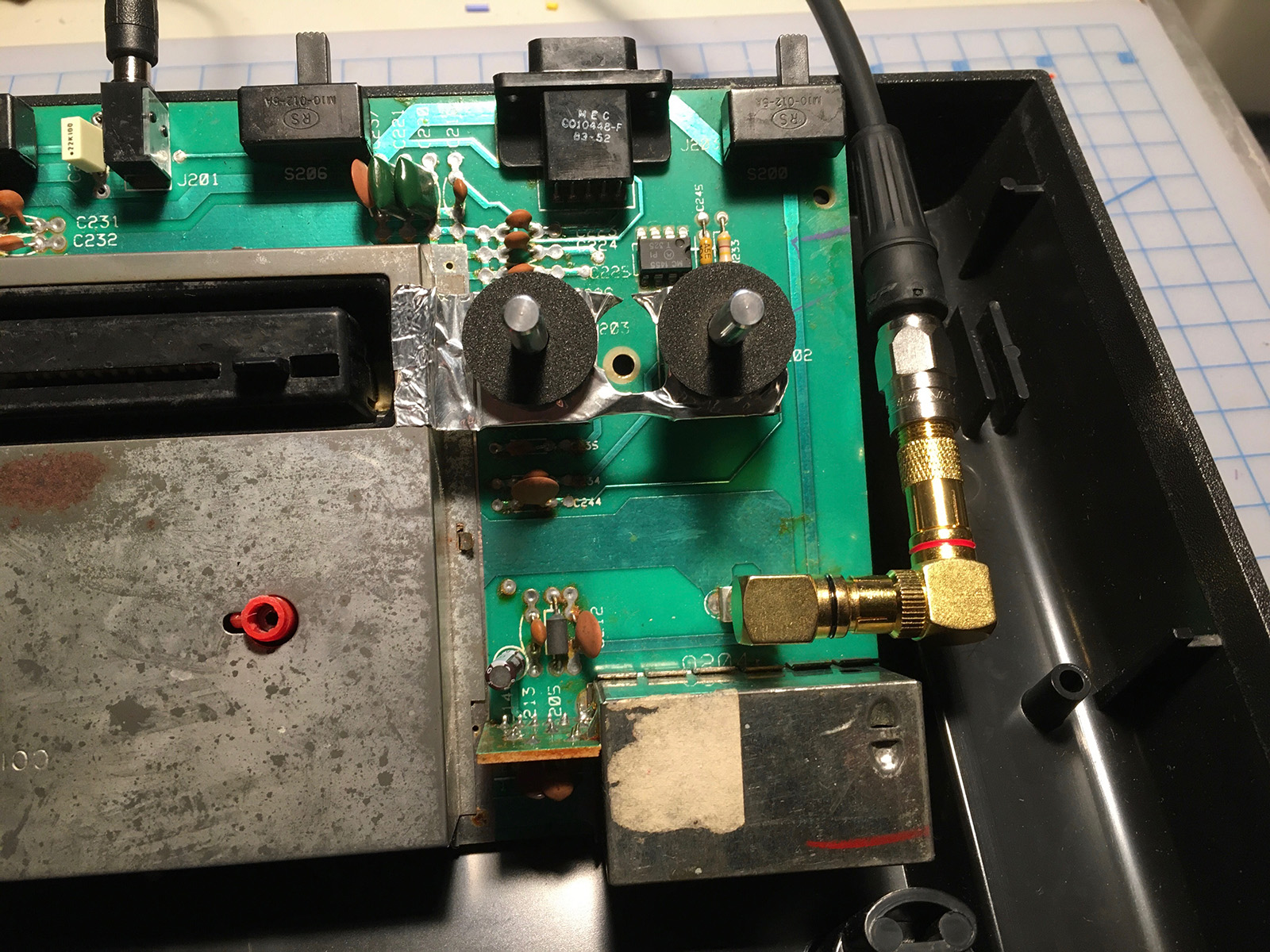
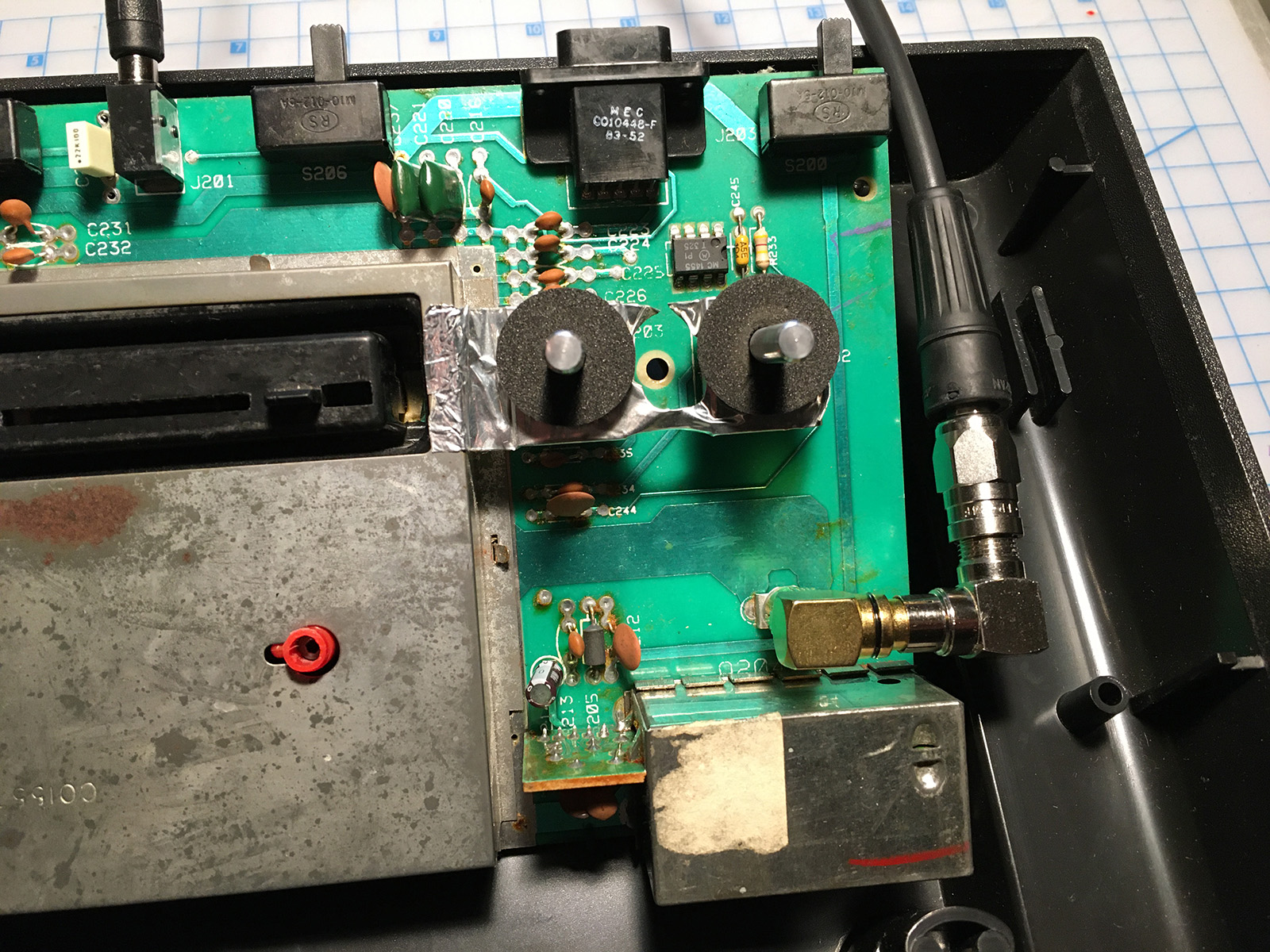
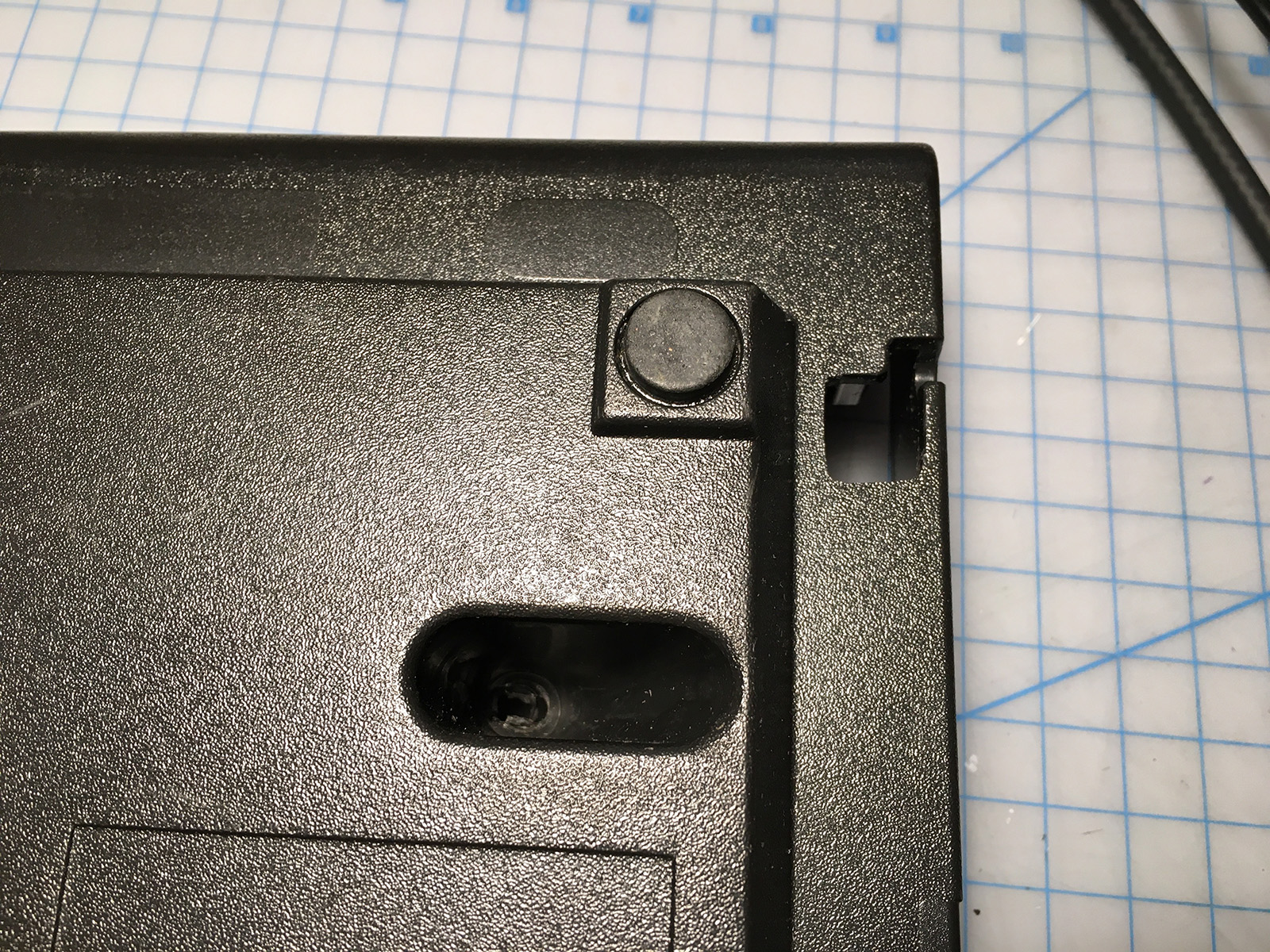
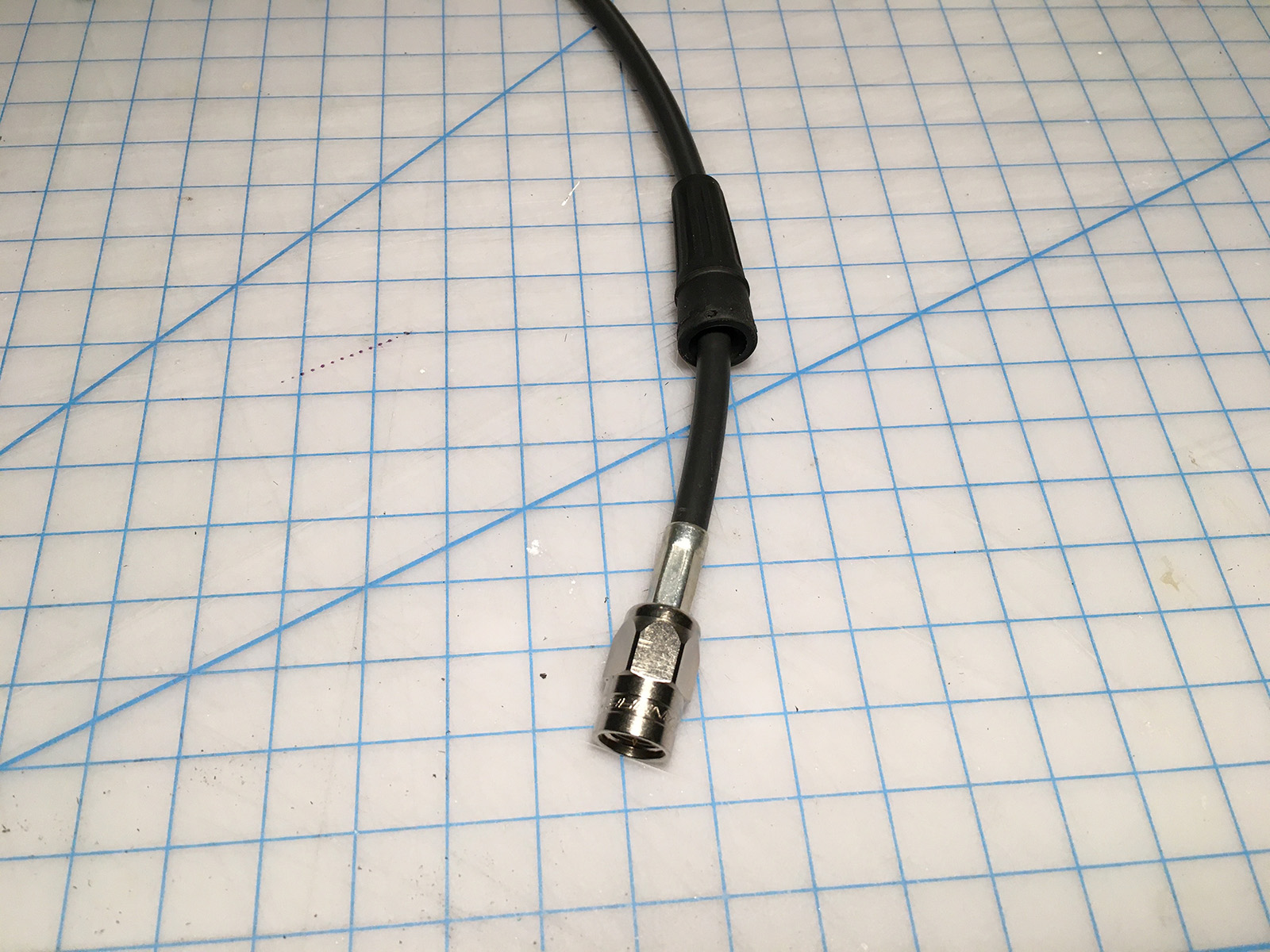
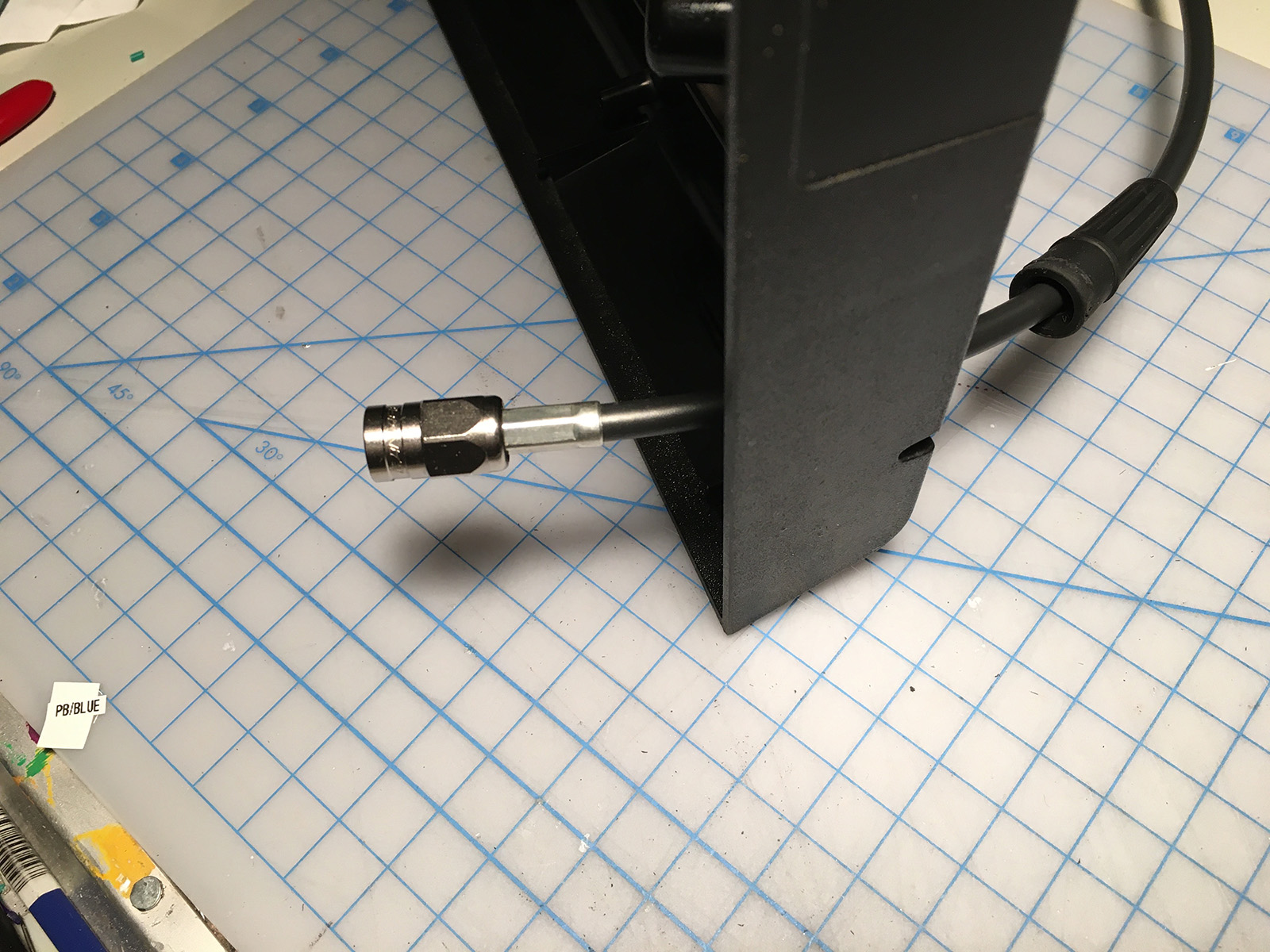

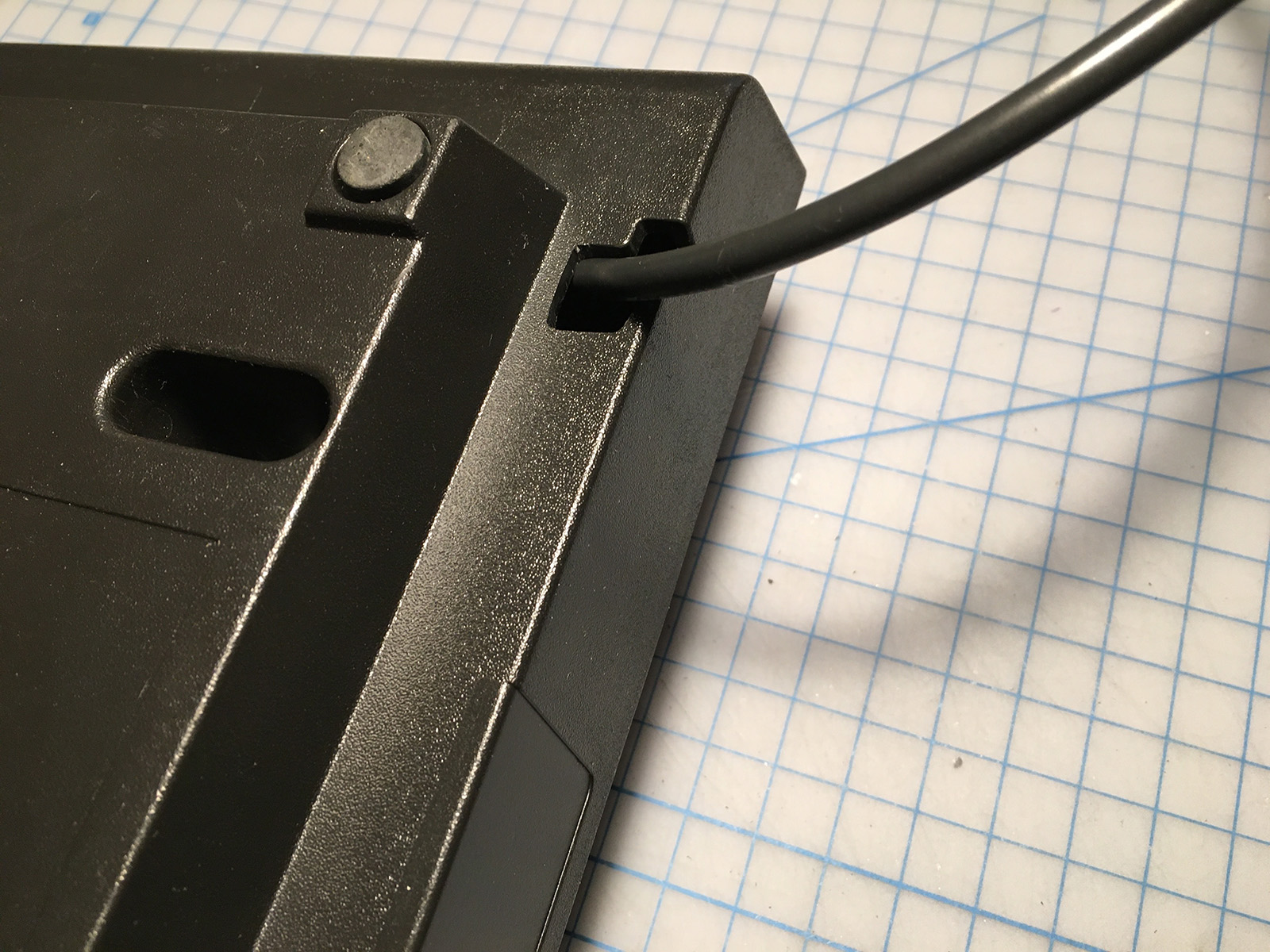
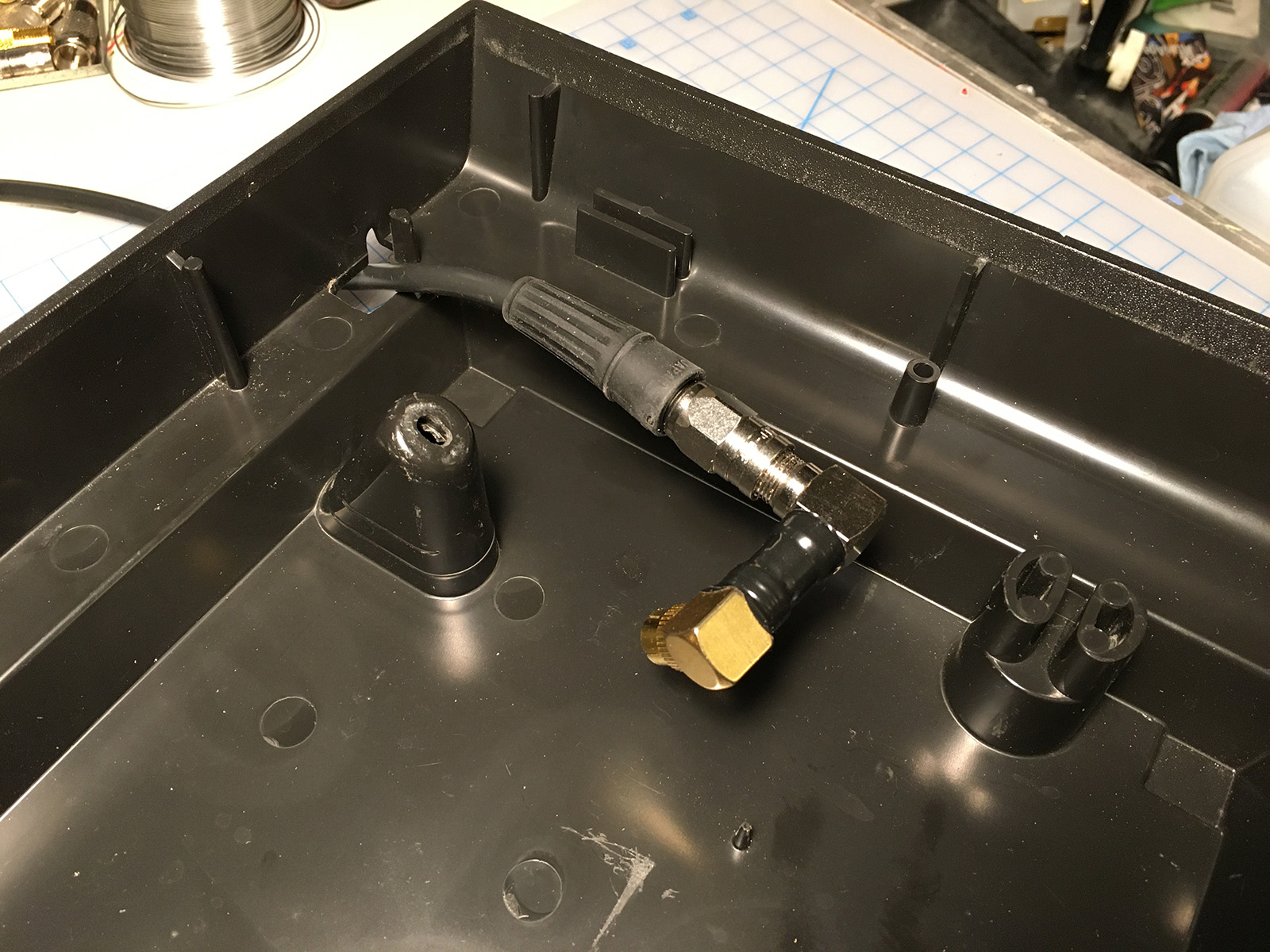
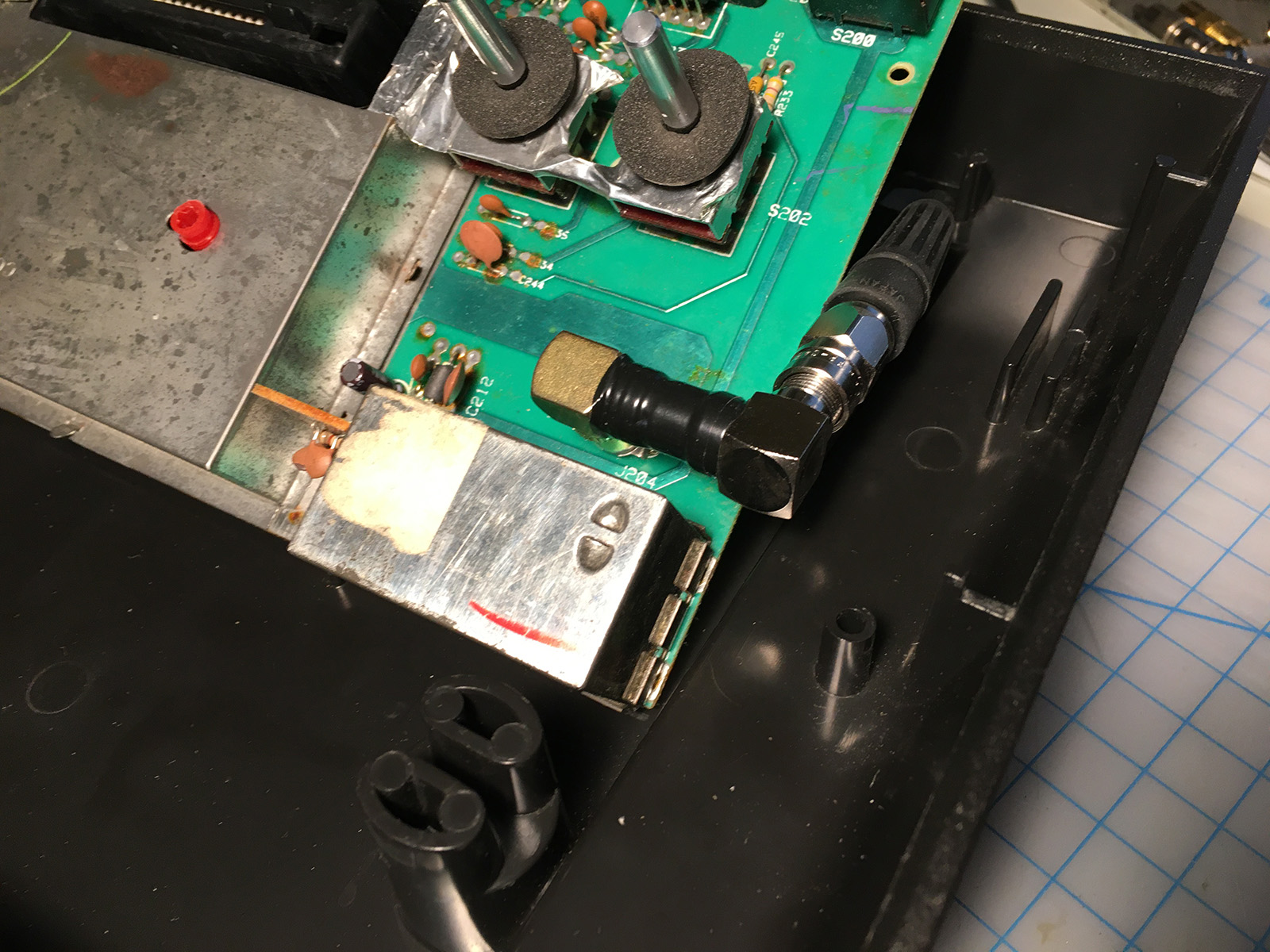
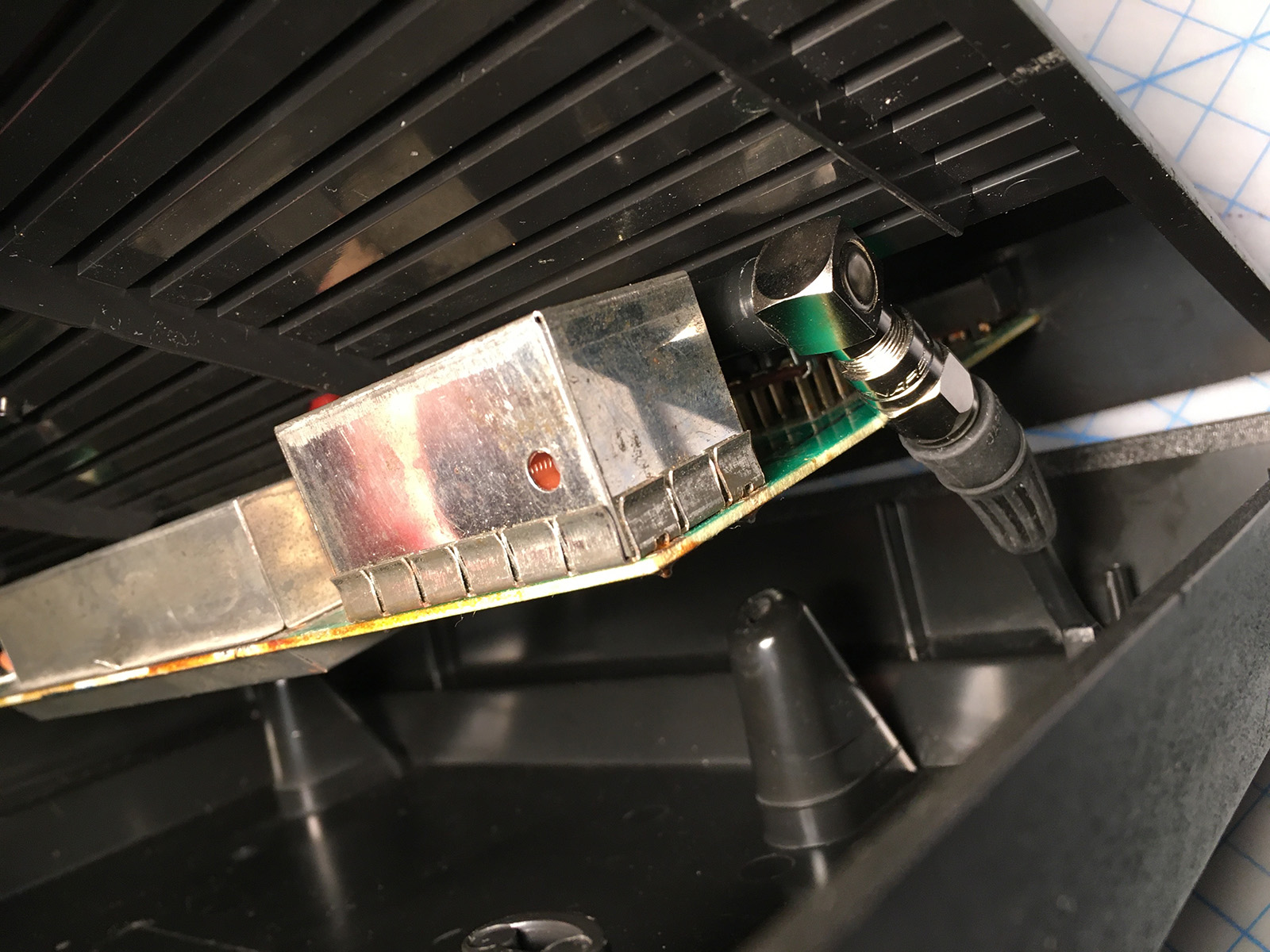
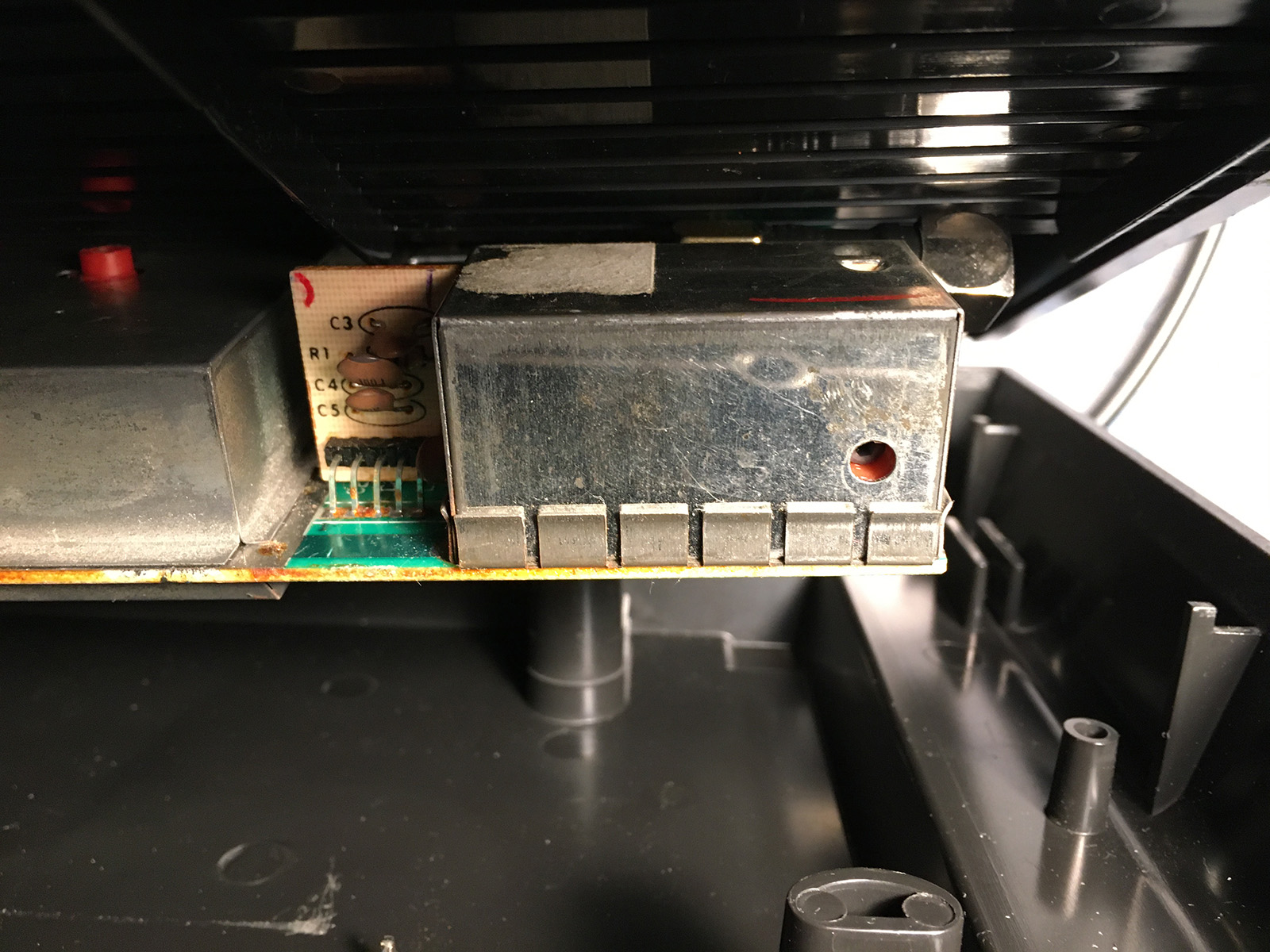
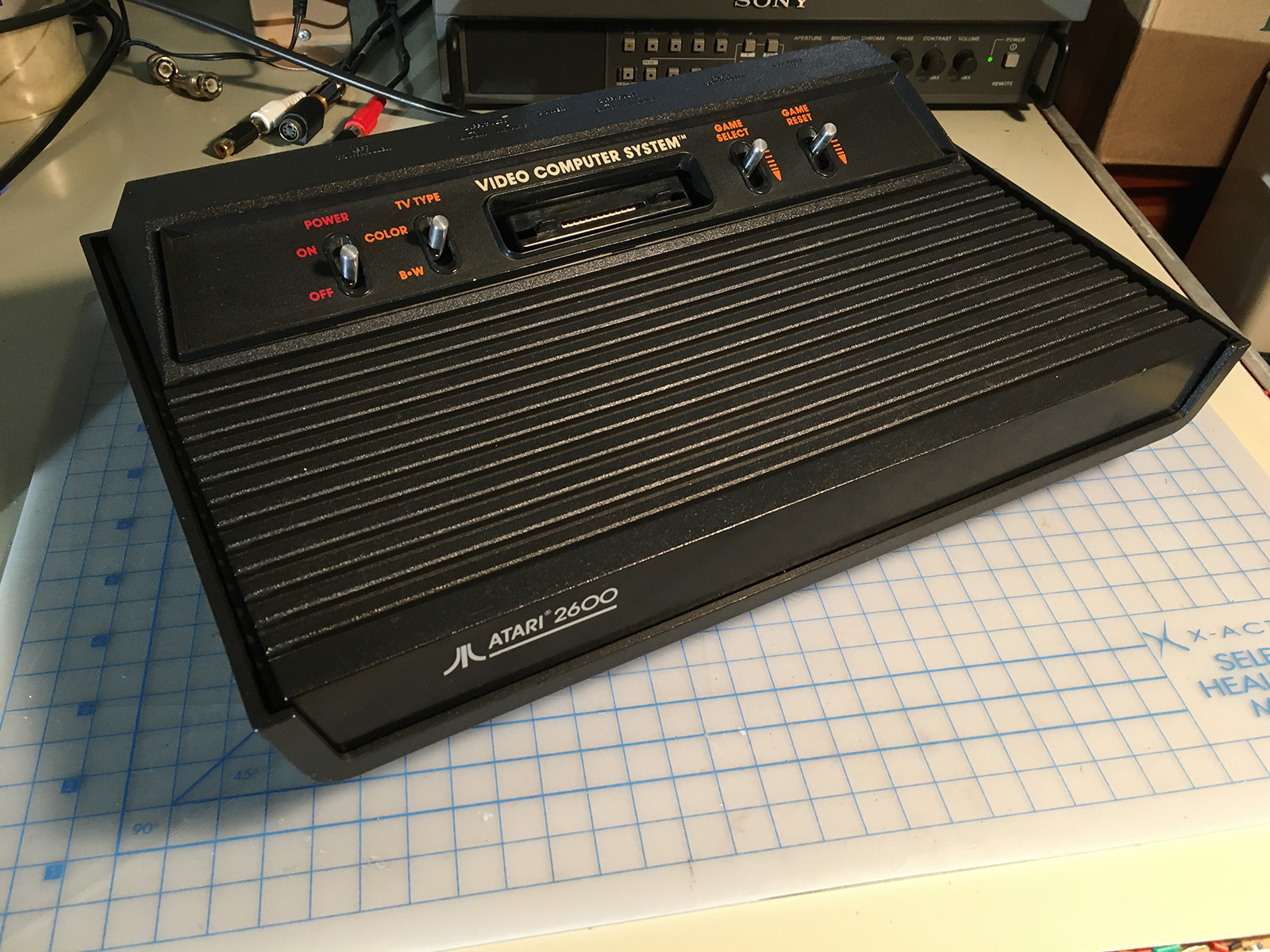

6 Comments
Recommended Comments